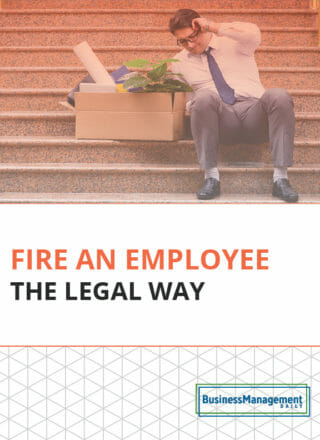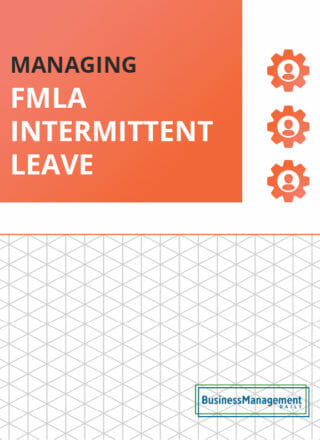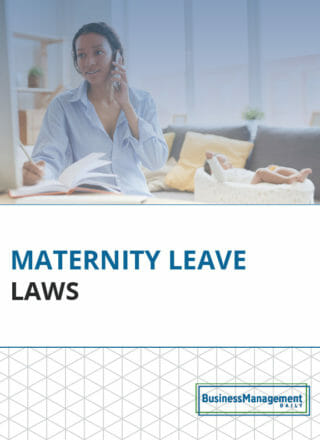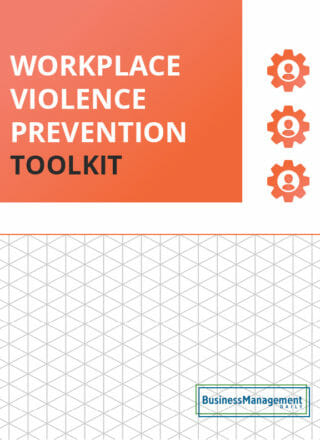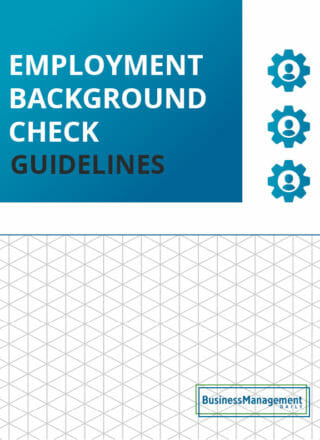Independent contractors may charge harassment under NJLAD
A worker walks into your HR office and makes allegations of harassment and a hostile work environment under the New Jersey Law Against Discrimination (LAD). You check the personnel file and realize that she actually is an independent contractor who provides services to your company. You’re off the hook, right?
Think again. Not necessarily, according to the New Jersey Appellate Division.
Workers in “outsourced” departments still may qualify as employees under LAD, even though they appear to be independent contractors. That can expose your company to liability.
NJ Appellate Division weighs in
That was the situation facing the New Jersey Appellate Division in Hoag v. Commissioner Devon Brown, et al. It involved a female Sicilian-American social worker employed by a company called Correctional Medical Services Inc. (CMS), which provided mental health services for state prison inmates.
The New Jersey Department of Corrections (DOC) is required to care for the health of state-sentenced inmates housed in New Jersey’s correctional system. As part of a privatization of its inmate health care system, the DOC contracted with CMS to provide psychological counseling services to inmates. While working at one of the DOC’s prisons, Angela Hoag alleged that corrections officer Richard Sheppard threatened, physically abused and sexually harassed her on a daily basis. She sued under the LAD.
A trial court dismissed Hoag’s LAD claim, stating that there was no employer/employee relationship between her and the DOC. However, after interpreting the language of the LAD statute—as well as cases involving employer liability under the Conscientious Employee Protection Act (CEPA)—the Appellate Division reversed and held that an independent contractor can be considered an employee under LAD.
Employee or contractor
The Appellate Division adopted a 12-factor test to determine whether Hoag was an employee. In 2007, the New Jersey Supreme Court applied a similar test regarding contractors and CEPA in D’Annunzio v. Prudential. The Appellate Division stated that, because many of the factors overlap, the definition of “employee” should be more than just a listing of factors on either side. A worker may be considered an employee for one purpose and an independent contractor for another.
The primary factors that the court analyzed were:
- The degree of the DOC’s control, including the level of supervision over Hoag
- The level of professional skill involved in Hoag’s position as a clinical social worker
- Whether the state provided the workplace, office supplies and equipment
- The length of time Hoag worked at the prison
- Whether the DOC or CMS provided Hoag with her salary and benefits
- The degree to which Hoag’s duties were functionally integrated into the DOC’s business.
After considering the overall relationship among Hoag, CMS and the DOC, the court found that Hoag and DOC’s relationship could be considered an employee/employer relationship for the purposes of LAD.
Substantial control
The court found that the state had substantial control over Hoag’s employment. DOC provided orientation and training sessions for workers. The agency had the ultimate right to approve the dismissal of CMS personnel. DOC monitored daily work and provided daily supervision.
The court found that Hoag’s job duties required close daily interaction with other DOC employees. DOC provided the workplace and all the office supplies and equipment. The court found that CMS issued Hoag’s paychecks.
Perhaps most important, the court found that Hoag’s employment was fully integrated into the DOC’s business: She was a necessary part of the counseling program that DOC was constitutionally mandated to provide and her daily activities were controlled and monitored by the DOC.
Because of all those factors, the Appellate Division concluded that in the context of the ability to bring harassment claims under the LAD, Hoag was an employee.
The court noted that it gave little weight to the length of time Hoag was employed, because to do so would penalize workers who suffer from employment discrimination from the start of their employment.
What employers should do: This decision is important for employers. In order to adhere to the requirements outlined in this case, the best course of action is to:
- Determine whether your company uses outsourced independent contractors for any of its services.
- If so, carefully consider any LAD allegations that those workers might make. Consult with an attorney if you’re not sure of the worker’s classification at your company.
- Perform an investigation and determine whether any workplace harassment or inappropriate conduct took place. Take remedial action and impose discipline if warranted by the circumstances.

